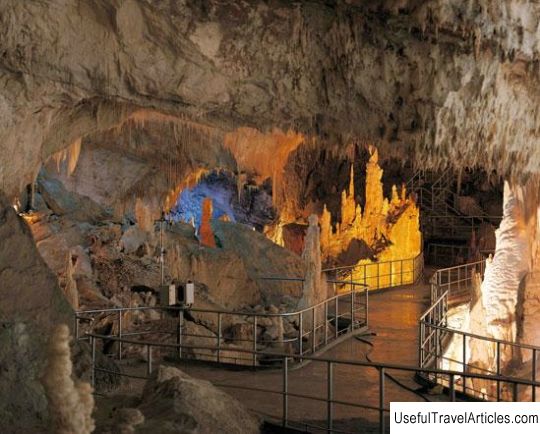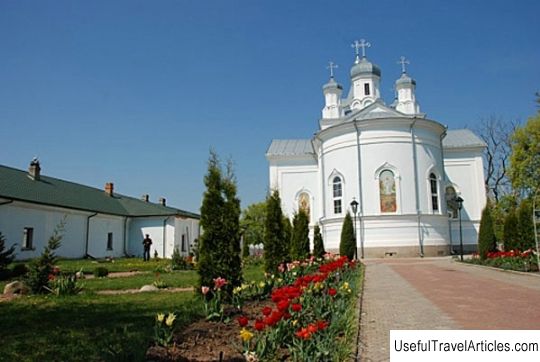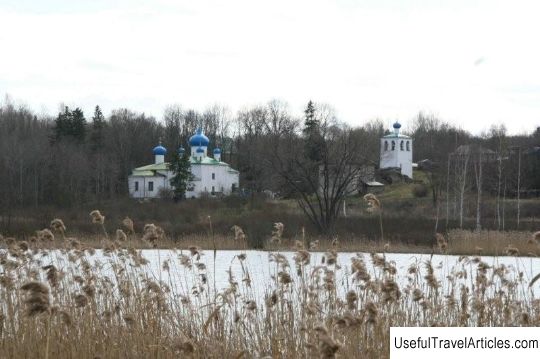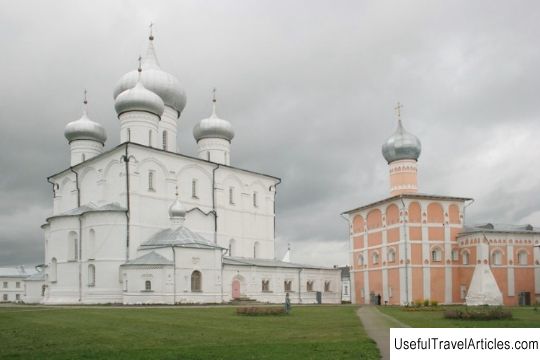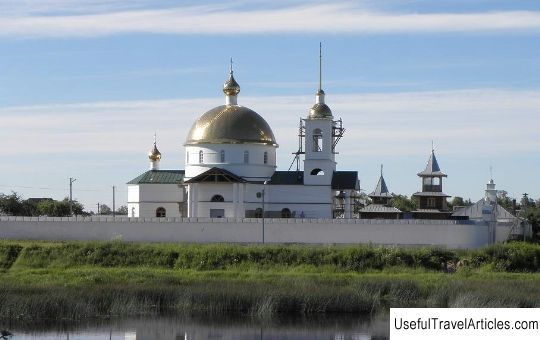Spaso-Elizarovsky Monastery description and photos - Russia - North-West: Pskov Region
Rating: 8,2/10 (832 votes) 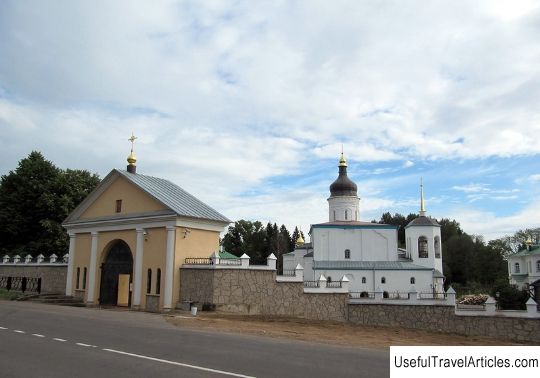
Spaso-Elizarovsky Monastery description and photos - Russia - North-West: Pskov Region. Detailed information about the attraction. Description, photos and a map showing the nearest significant objects. Photo and descriptionSpaso-Elizarovsky (or in Old Slavonic - Spaso-Eleazarovsky) monastery is known not only in the city of Pskov, but throughout Russia. The famous Constantinople icon of the Mother of God, presented by Patriarch Gennady II from the city of Constantinople, was transferred to this monastery, located in the middle of forests in a fairly deserted area. The location of the Spaso-Elizarovsky Monastery is literally consecrated for a favorable monastic life. According to legend, in ancient times, two sisters from the Ioannovsky Monastery settled in this place, but the especially hermitic life here became an unbearable burden for the sisters. Ten years later, the monk Euphrosynus, who was from the Snetogorsk monastery, was sent to this place. This event took place in 1425. Euphrosynus or Eleazar received a fairly good education and became a theologian and scribe. In the city of Constantinople, Euphrosynus was received by the Patriarch of Constantinople, who gave his consent and blessing to the desert-living monastery founded near Lake Tolvskoye, and also presented the icon of Our Lady of Constantinople, which happened on the eve of the city's adoption of the Union of Florence. Throughout his life, Euphrosynus always wanted to be a hermit, but nevertheless the brothers asked him to found a monastery. Therefore, a remote place was chosen for the Spaso-Eleazarovsky monastery, so as not to disturb the hermit's way of life. The site for the construction of the monastery was chosen according to a dream that Euphrosynus saw. It was in this place that the cells were built, as well as a beautiful cathedral. By his humility, the Monk Euphrosynus, after he founded the monastery, he did not become an abbot, without even receiving the priestly rank. The very first abbot of the Elizarovsky monastery was hegumen Ignatius. In 1481, Euphrosynus died at the age of 95. In memory of this amazing man, the monastery was named in his honor - Eleazarovskaya. The monk's relics are kept in the Cathedral of the Three Saints. The small desert of the Monk Euphrosynus, which seemed to be lost among the majestic Pskov forests, has literally become a spiritual center serving as a unifying link for all Russian lands around the city of Moscow. At one time, the Pskov-Pechersk monastery desperately advocated Pskov sovereignty, and in the Eleazar monastery there was a union of pundits who defended the necessary condition for strengthening the Russian state around Moscow. The leader of this movement was Abbot Philotheus, who became the author of a theory called “Moscow - the Third Rome”. In the Elizarovsky Monastery, this kind of union of Pskov and Moscow is clearly indicated in the architecture of the cathedral church. A side-altar in honor of the Nativity of the Blessed Virgin Mary, made in a characteristic Moscow style, was added to the Trinity Cathedral, built within the framework of traditional Pskov architecture. Both erected churches perfectly complement each other, being a single cathedral complex. This idea was not in vain embodied in this context, because it has a deep meaning: initially the city of Pskov was perceived as the initial stage of Russian statehood, and Moscow became the embodiment of its full formation and unprecedented greatness. At the beginning of the 20th century, the monastery from the third class turned into a monastery of the second class, which was achieved due to the increase in the number of brethren, numbering more than twenty people. The monastic brotherhood was traditionally formed, which means that its members were not people of the bourgeois or peasant class, but directly from the clergy. The abbots of the monastery were appointed rectors of the Pskov Spiritual Seminary, and they also receive bishops throughout Russia. In the early 90s of the 20th century, the building of the cathedral began to collapse, but money was found for the necessary reconstruction of the architectural monument. The cathedral pillars were reinforced with reinforced concrete ties. In 2000, the return of the Spaso-Eleazarovsky monastery took place. At the head of the monastery is nun Elizabeth, who became a pupil of the elders of the Diveyevo monastery, as well as the elders of the Trinity-Sergius Lavra.        We also recommend reading Castle Taggenbrunn (Burg Taggenbrunn) description and photos - Austria: Carinthia Topic: Spaso-Elizarovsky Monastery description and photos - Russia - North-West: Pskov Region. |
